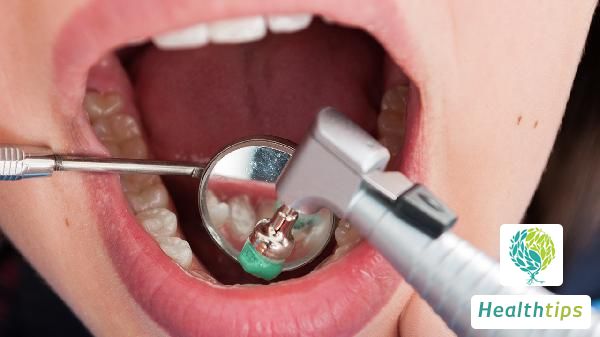"What is the Optimal Age and Degree Range for Femtosecond Laser Eye Surgery for Nearsightedness?"
Optimal Age and Degree for Femtosecond Laser-Assisted In Situ Keratomileusis (LASIK)

Femtosecond LASIK, as a pivotal technology in modern ophthalmology, offers an effective vision correction solution for myopia patients. However, the optimal age and degree for the surgery are not fixed but subject to various factors. Below is a detailed analysis of the optimal age and degree for femtosecond LASIK:
Optimal Age for Femtosecond LASIK
The optimal age range for femtosecond LASIK is generally considered to be between 18 and 45 years old. This age bracket is primarily based on the following considerations:
- Stable Ocular Development: After the age of 18, the human eye's development is largely stabilized, with myopia levels tending to plateau. This results in better surgical outcomes and a relatively lower risk of postoperative vision decline.
- Avoiding Myopia Progression in Adolescents: In individuals under 18, myopia may still be progressing. In such cases, surgical correction may not achieve the desired effect, and postoperative vision decline is more likely.
- Mitigating Presbyopia: After 45, presbyopia, a decline in the eye's ability to focus on near objects, gradually sets in. Even with LASIK, complete freedom from reading glasses may not be achieved, and surgical risks are relatively higher.
It's worth noting, however, that while there is an optimal age range for femtosecond LASIK, it's not absolute. In specific scenarios, such as pathological myopia or extreme myopia, surgical age limits may be appropriately relaxed. Such decisions should be made under the guidance of a professional physician.
Optimal Degree for Femtosecond LASIK
The optimal degree range for femtosecond LASIK typically lies between 100 and 1000 degrees, subject to comprehensive evaluation based on factors like corneal thickness, corneal shape, and fundus status.
- Degree Stability: The patient's myopia level must remain stable over a certain period, with an increase of no more than 50 degrees in the past two years. This ensures the stability and durability of surgical outcomes.
- Corneal Conditions: The cornea, a crucial surgical site, has a significant impact on surgical outcomes due to its thickness and shape. Preoperative corneal thickness must meet certain standards.
- Fundus Status: The health of the fundus is also an important factor in surgical consideration. Abnormalities or pathologies in the fundus can affect surgical outcomes or increase surgical risks.
In conclusion, the optimal age and degree range for femtosecond LASIK must be assessed comprehensively based on the patient's specific circumstances. Patients should fully understand the risks and limitations of the surgery and make decisions under the guidance of a professional physician. Additionally, proper postoperative care is essential to promote vision recovery and reduce the incidence of complications. The above information is for reference only. Consult a professional physician promptly for any questions.



















